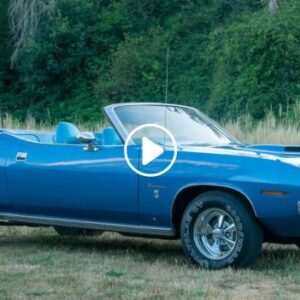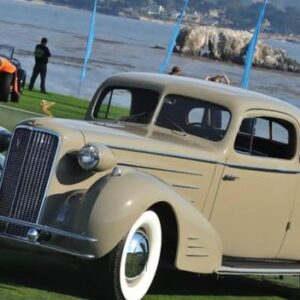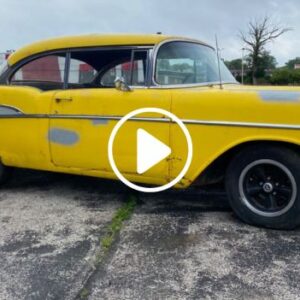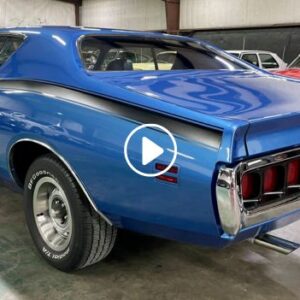Over the years, the American auto industry has been responsible for making some of the most incredible cars, but, they have also had their fair share of duds.
It is those duds that are often brought sharply into focus as it is a lot easier to find fault with a car than it is to see the hard work that has gone into making it. Some of those “duds” had their flaws really overemphasized. A few flaws are prevalent even today in an ever improving industry, some were far more common in the past.
Some flaws are obviously more forgivable than others, but in some cases the reputation cars got was downright unfair. These classic cars are better than most will have you believe.
10 Chrysler Airflow

In the early part of the 20th century, nobody gave much thought to the aerodynamic efficiency of cars, but all that changed when Chrysler developed the aptly named Airflow. It was the first car to be developed using a wind tunnel, something reserved solely for airplanes, up until that point in history.
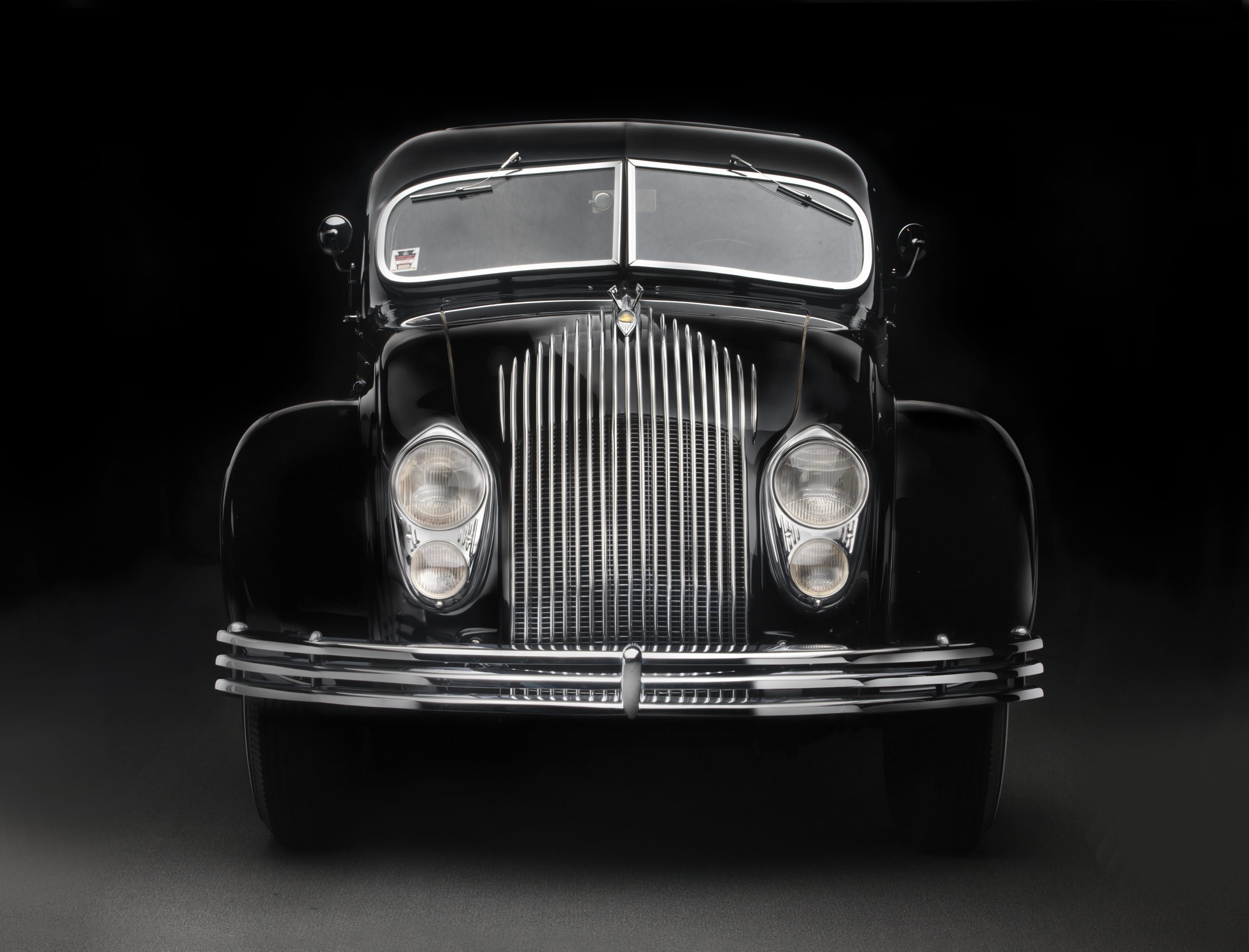
Its radical styling was not an easy sell, though. Then, once it was discovered their engines occasionally fell out, other brands quickly brought that glaring flaw to light. The innovation was quickly forgotten, but that didn’t stop other brands following in their footsteps, forever altering automotive design language.
9 Ford Edsel
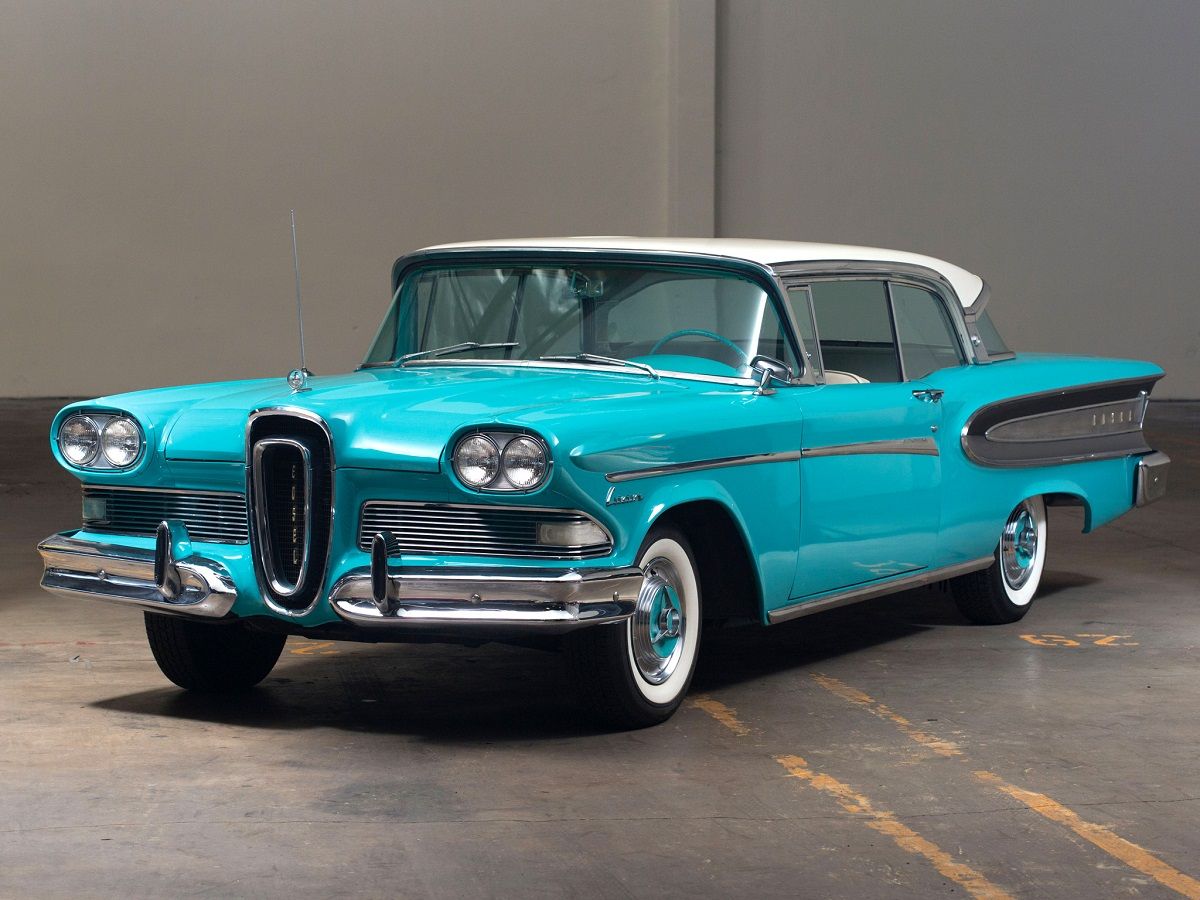
The Edsel is the ultimate automotive example of “expectations vs reality.” Ford got really carried away with the marketing of the vehicle and promised something space aged, but only delivered something contemporary, but uglier.
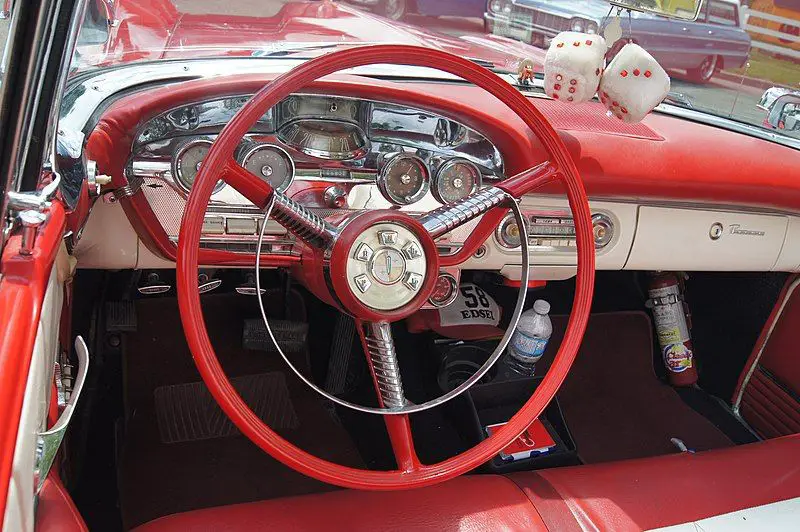
Looks aside, the Edsel was a feature-rich car for the time and is by no stretch of the imagination a bad car (it is desperately ugly though).
8 Chevrolet Corvair
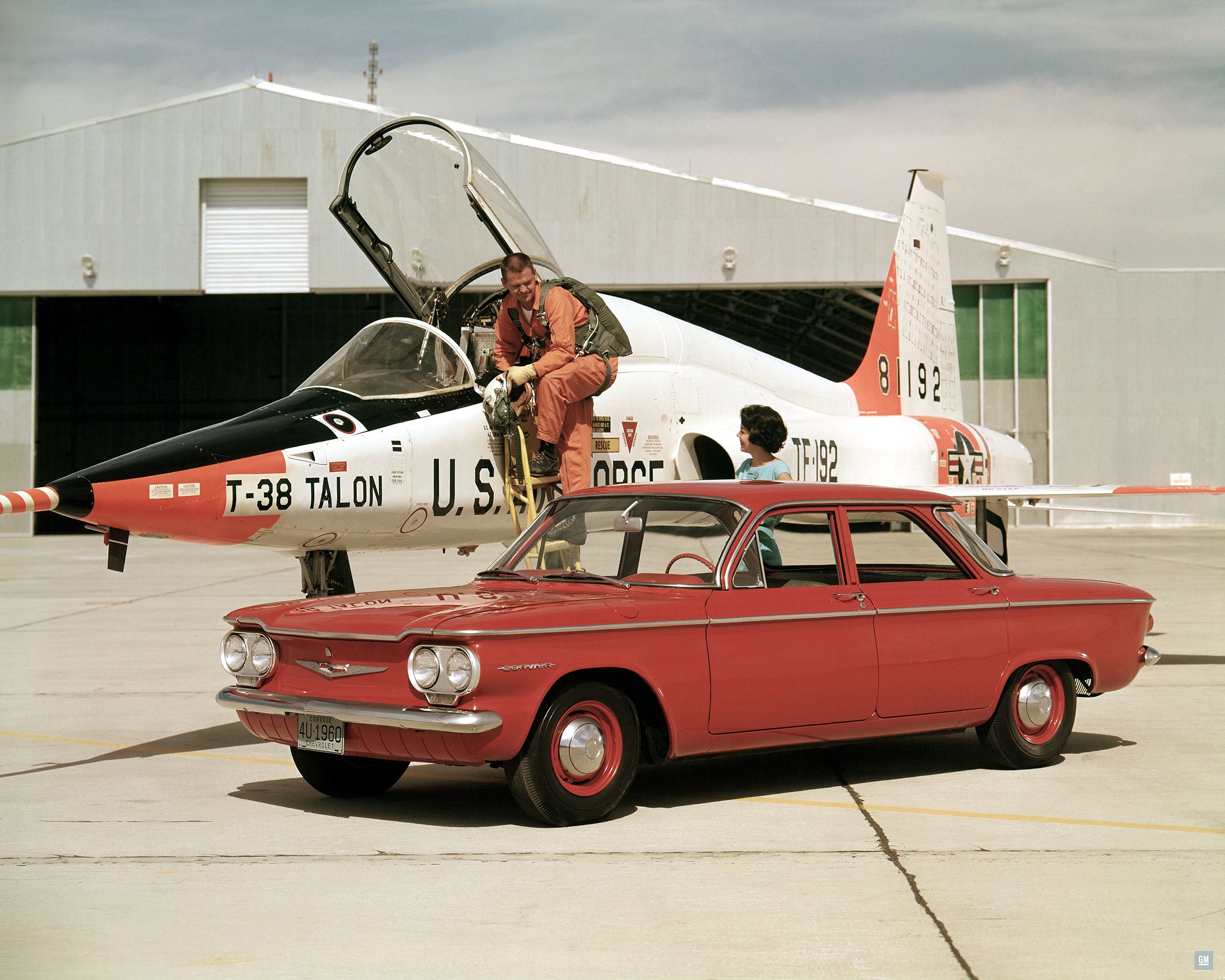
With the Beetle dominating sales charts with their small, economical “people’s car,” Chevrolet was taking notes. The company saw the benefit of an economical air-cooled engine and went to great lengths to develop their own.
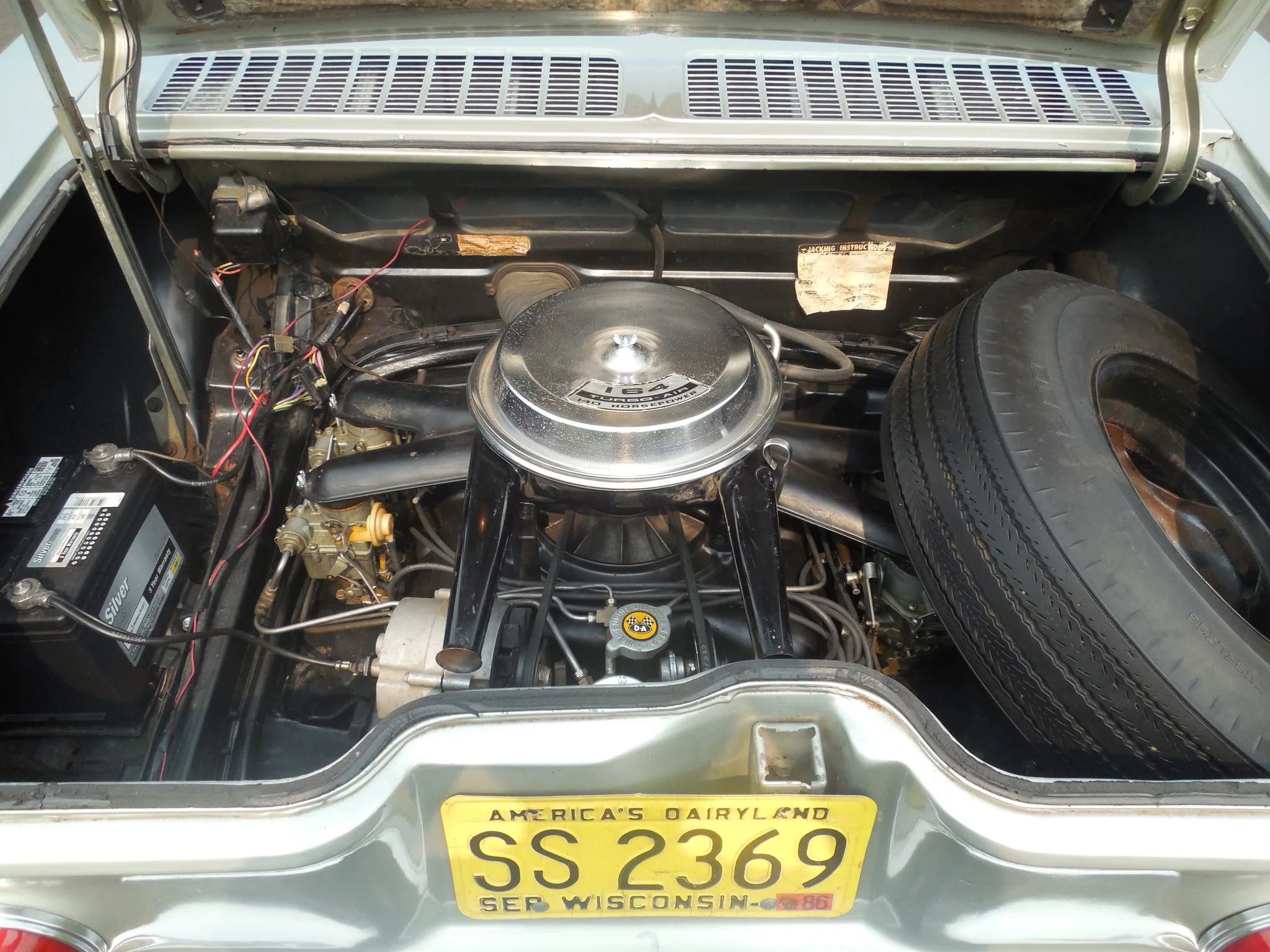
By all accounts, it was a good engine, and by extension, a good car with independent suspension and a host of other forward-thinking features. Unfortunately, it became the subject of the now infamous “Unsafe at any Speed” book that highlighted the short-comings of the automotive industry back then. Although the Corvair isn’t very safe, at any speed, nor were any contemporary ’60s cars.
7 Mercury Capri
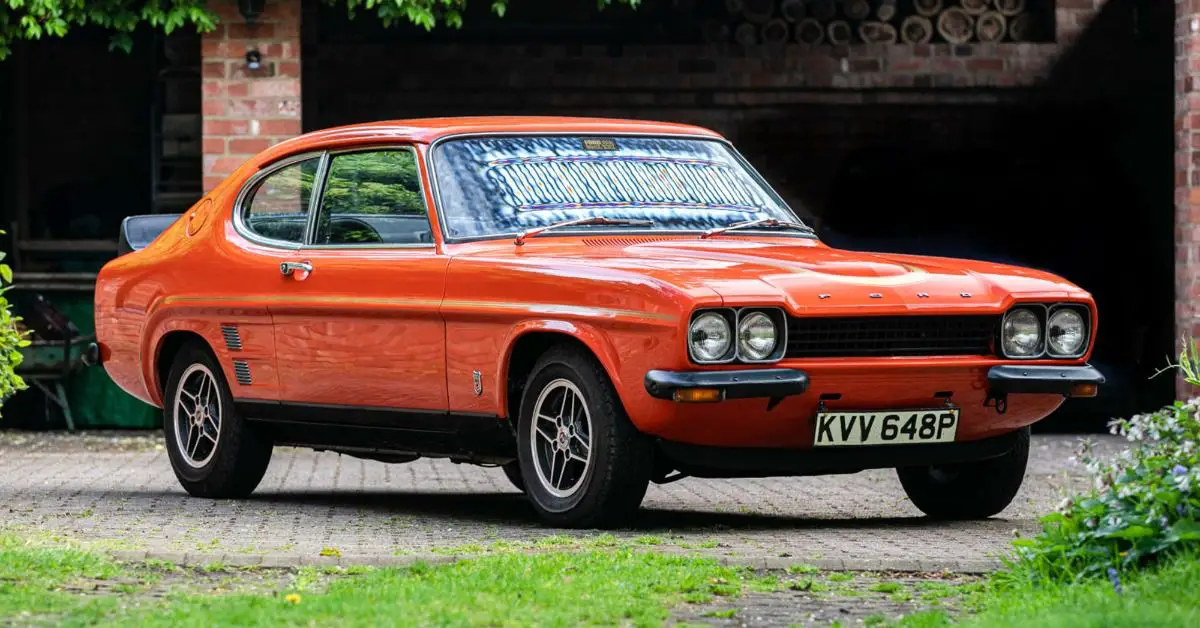
Back when the Capri was introduced as the Mercury, most customers used to more powerful engines were not fond of the inline-4 engines. It was, after all, developed primarily for the European market where most customers were more interested in efficiency than power.

What Ford didn’t tell anyone is that it had space for bigger engines, they just didn’t want it to steal Mustang sales. Even with the small, efficient engines, the Capri was a fun, sporty little car when it first came out.
6 Pontiac Fiero
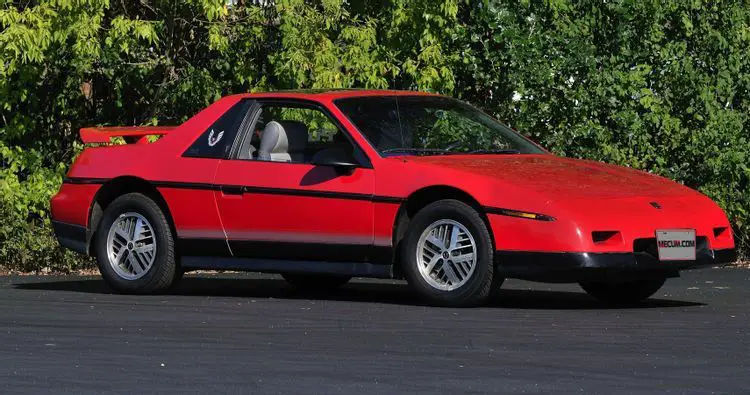
Considering how much these little cars were derided, it is hard to believe what an incredible concept this was. Few mass market companies would risk building a mid-engine sports car today, let alone just a few short years after a gas crisis.

It is sad to see so few appreciate it for what it is; a truly affordable mid-engine sports car. As long as you are willing to look past the quite frankly woeful build quality, this is at its core a blue collar hero.
5 AMC Gremlin
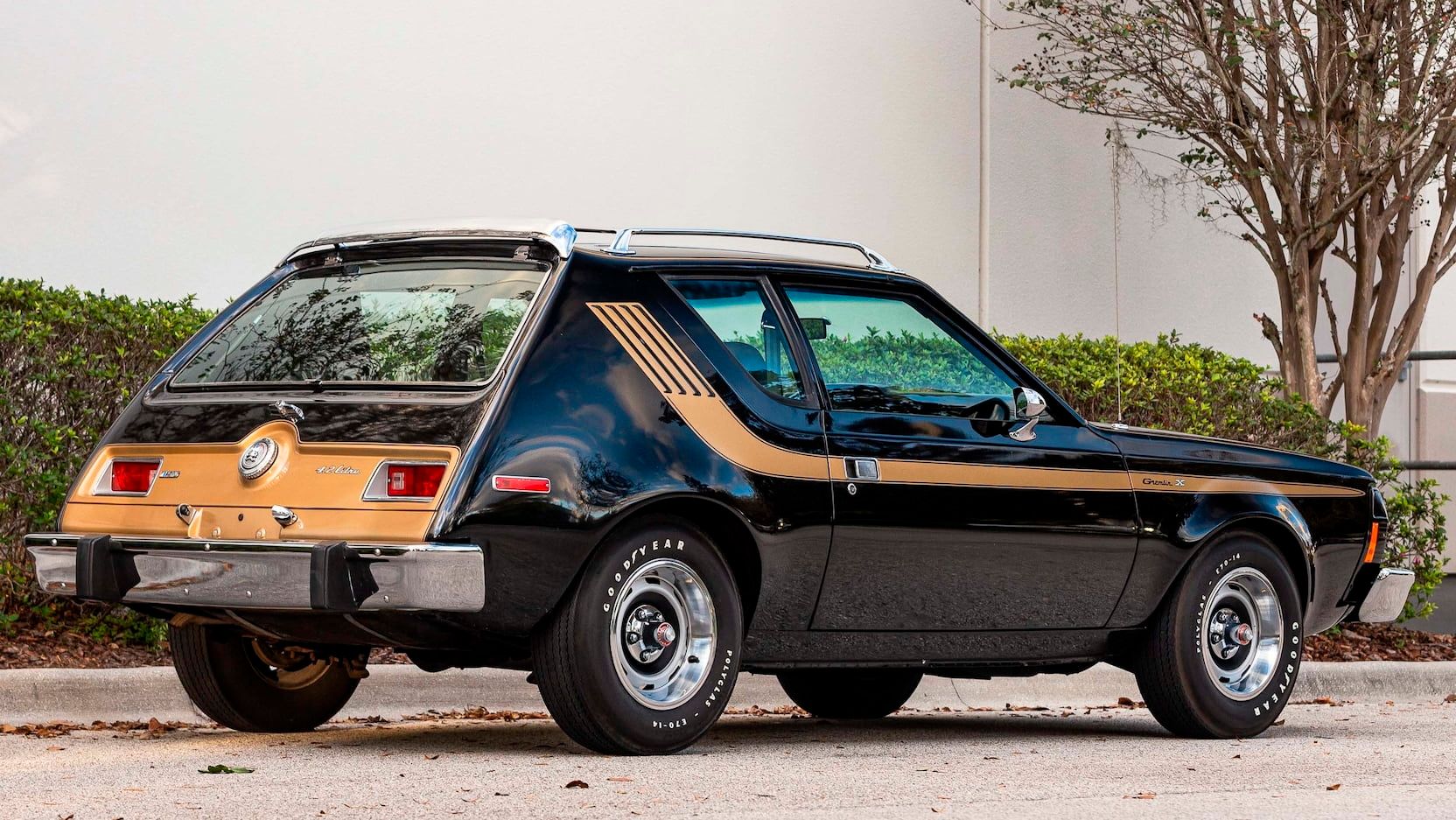
It feels like AMC were almost perpetually on the verge of bankruptcy, until they finally did just go out of business. They chugged along through the ’70s with cars like this almost out of spite.
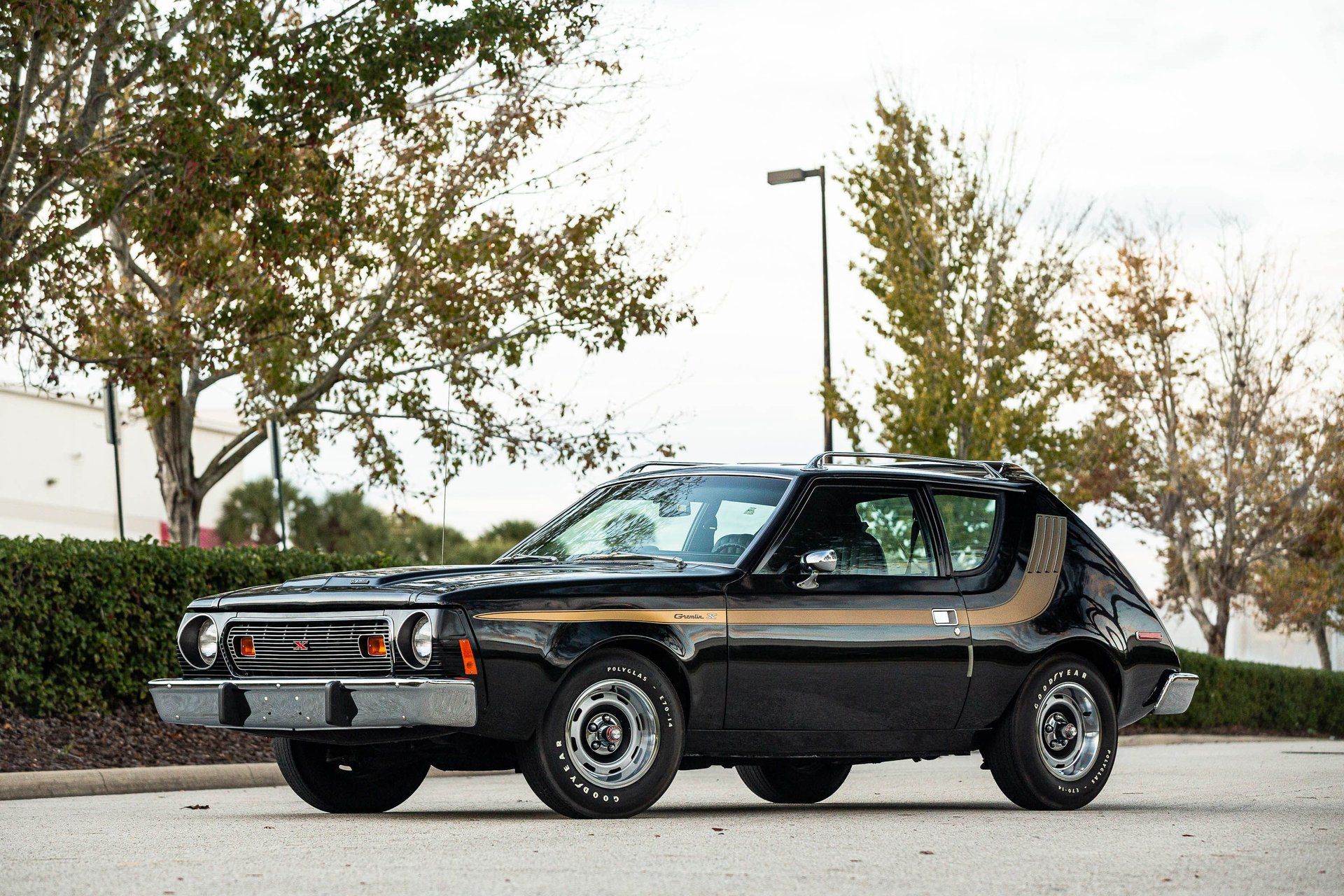
They did not have enough money to go out and develop a new economy car, so they literally just chopped off the Hornet’s tail (or is it stinger?) and called it good. It looks pretty awful, and got a bit of a reputation for those very questionable looks, but it served them and all their buyers rather well.
4 Chevrolet Nova

Most write off the Nova as a sluggish little car from a bygone era with nothing really going for it, but there was something, and that something was a 350 V8.

It is a small, compact car that has enough room under the hood for a V8, the very definition of a muscle car. Sadly, automatics and emissions restricted ’70s models are common, but there are a few manual V8 cars running around and offer great value, thanks to the largely underappreciated Nova badge.
3 Chevrolet Chevette
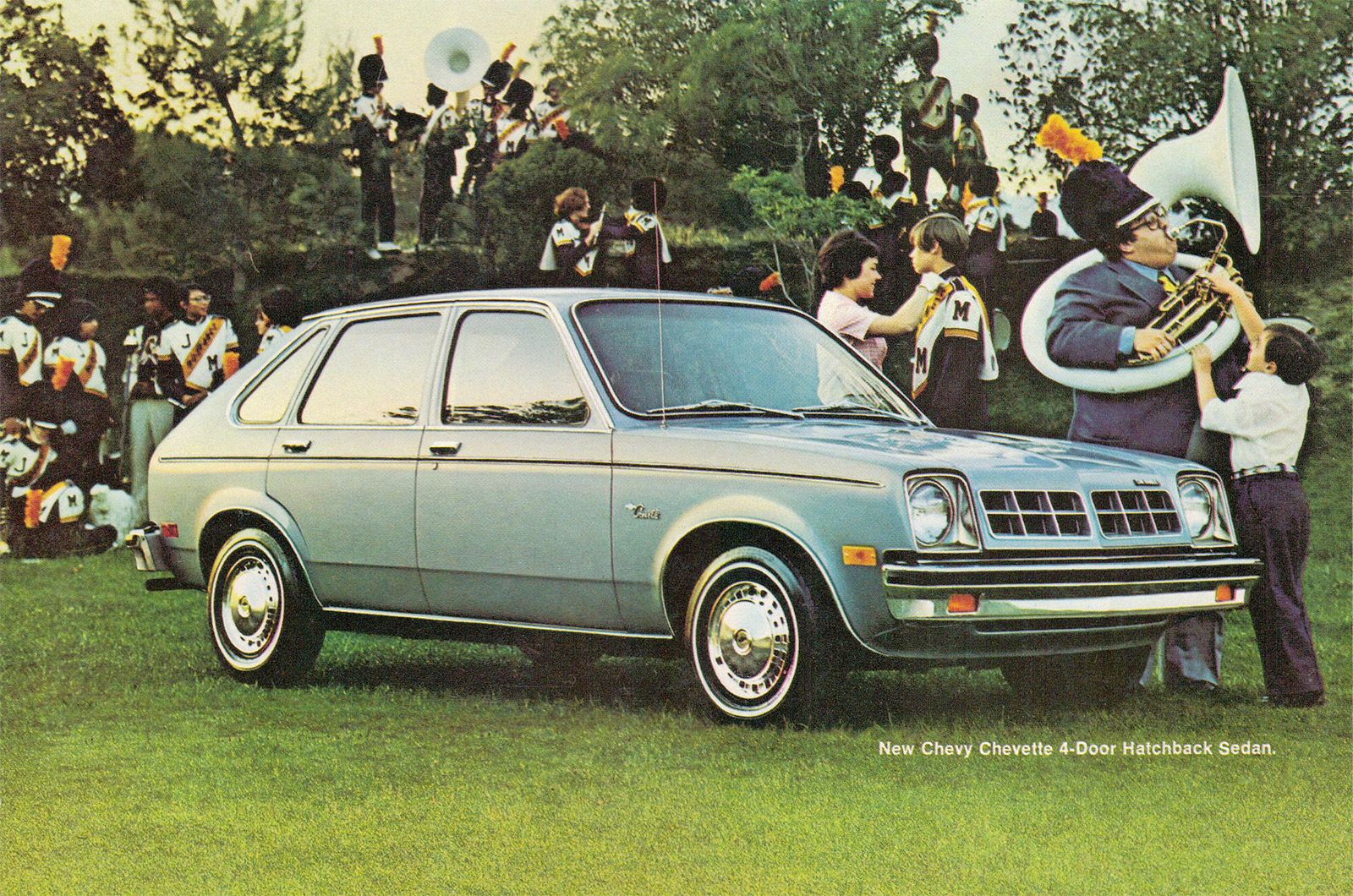
Most would lump the Chevette in the same category of awful as the Vega, almost guilty by association. There is no question, the Vega was awful, but the Chevette wasn’t nearly as bad.

Build quality and performance are both virtually zero, but it was affordable, reliable transport, and the simple fact that you do occasionally see these running around is a testament to the fact that they didn’t rust out quite as bad as the Vega.
2 Dodge Daytona Turbo Z

Admittedly, turning a K-car into an actual sports car was pretty ambitious, but all things considered, they did a fine job of it.
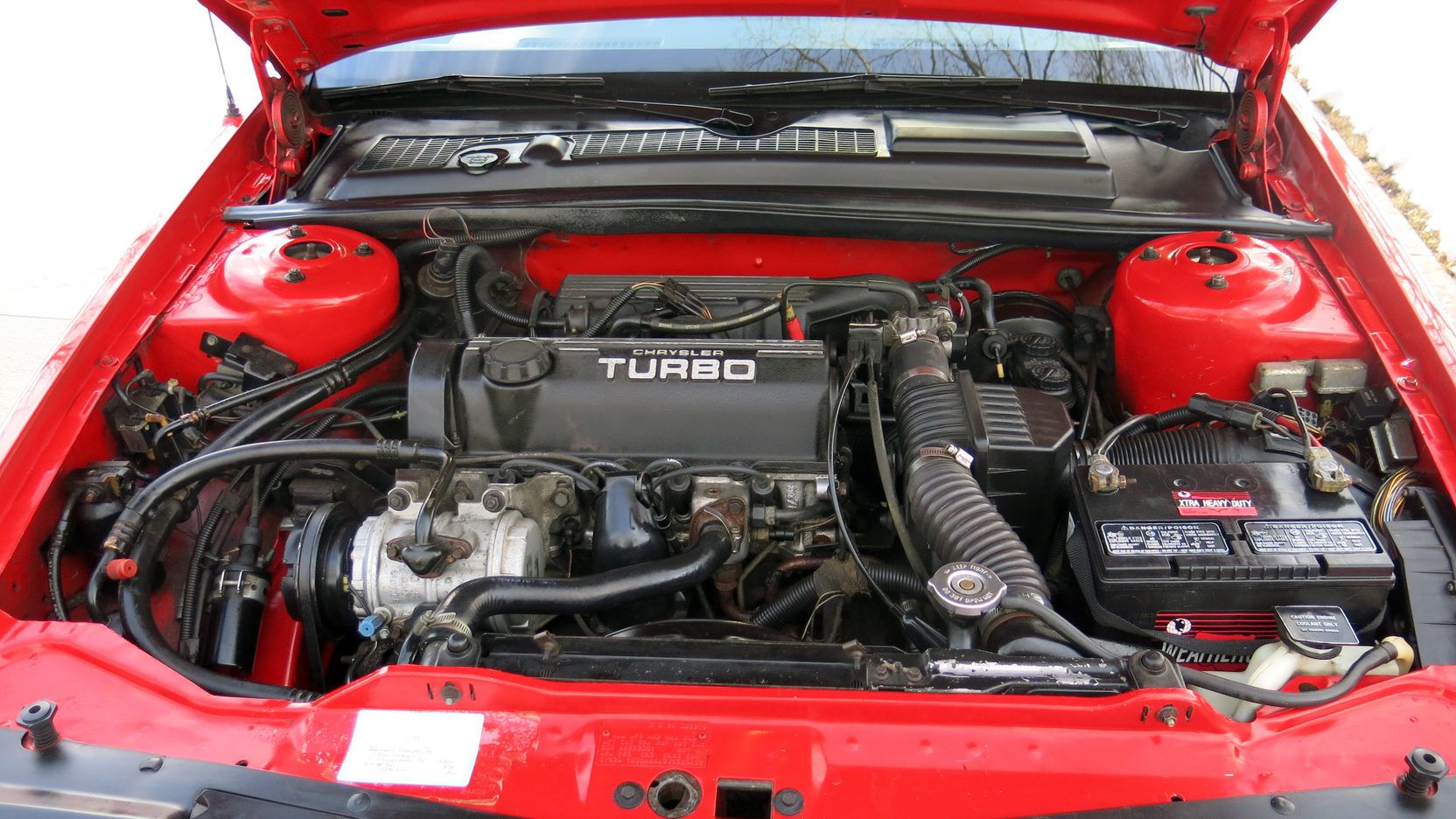
It made a very respectable 175 horsepower towards the end of its production run and even though it was still a front-wheel drive car and would obviously have some understeer, it was not nearly as bad as contemporary 80s sporty cars. Front-drive sports cars have a place in this world, like it or not, they bring us all affordable fun.
1 Merkur XR4Ti

In the rest of the world it was known as the XR4 or XR6 and demand was so high Ford could barely keep up with demand.

Ford made two big errors when they launched it in North America though; firstly they made a pig’s ear of the marketing, especially giving the thing a new name nobody knew (what is a Merkur anyway?), and secondly, they put an untested turbo engine in the car. That engine is what puts most people off, but with some modern upgrades it will be transformed, maybe not into a Sierra Cosworth, but at least into a decent sporty car. It was never slow after all
